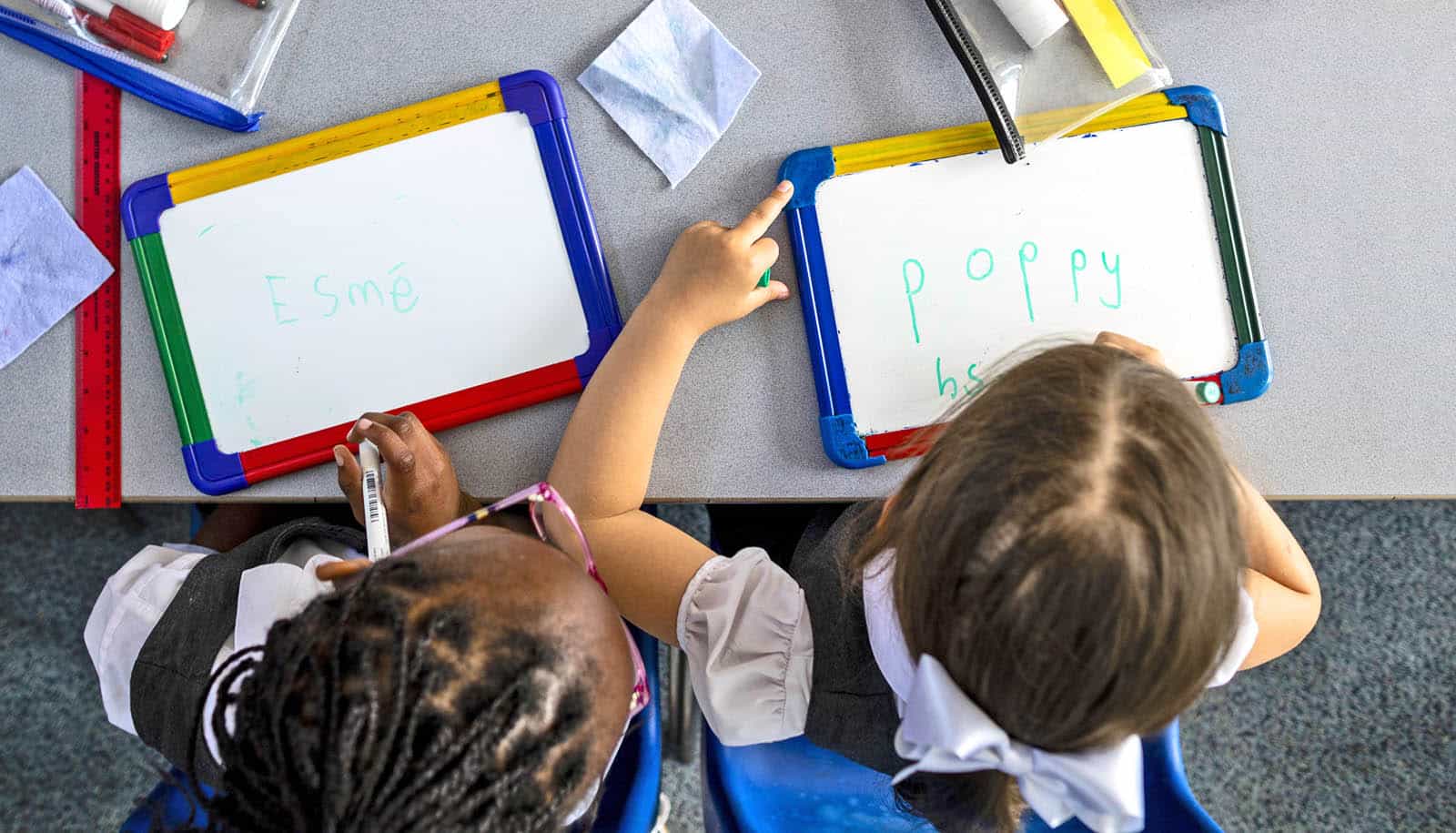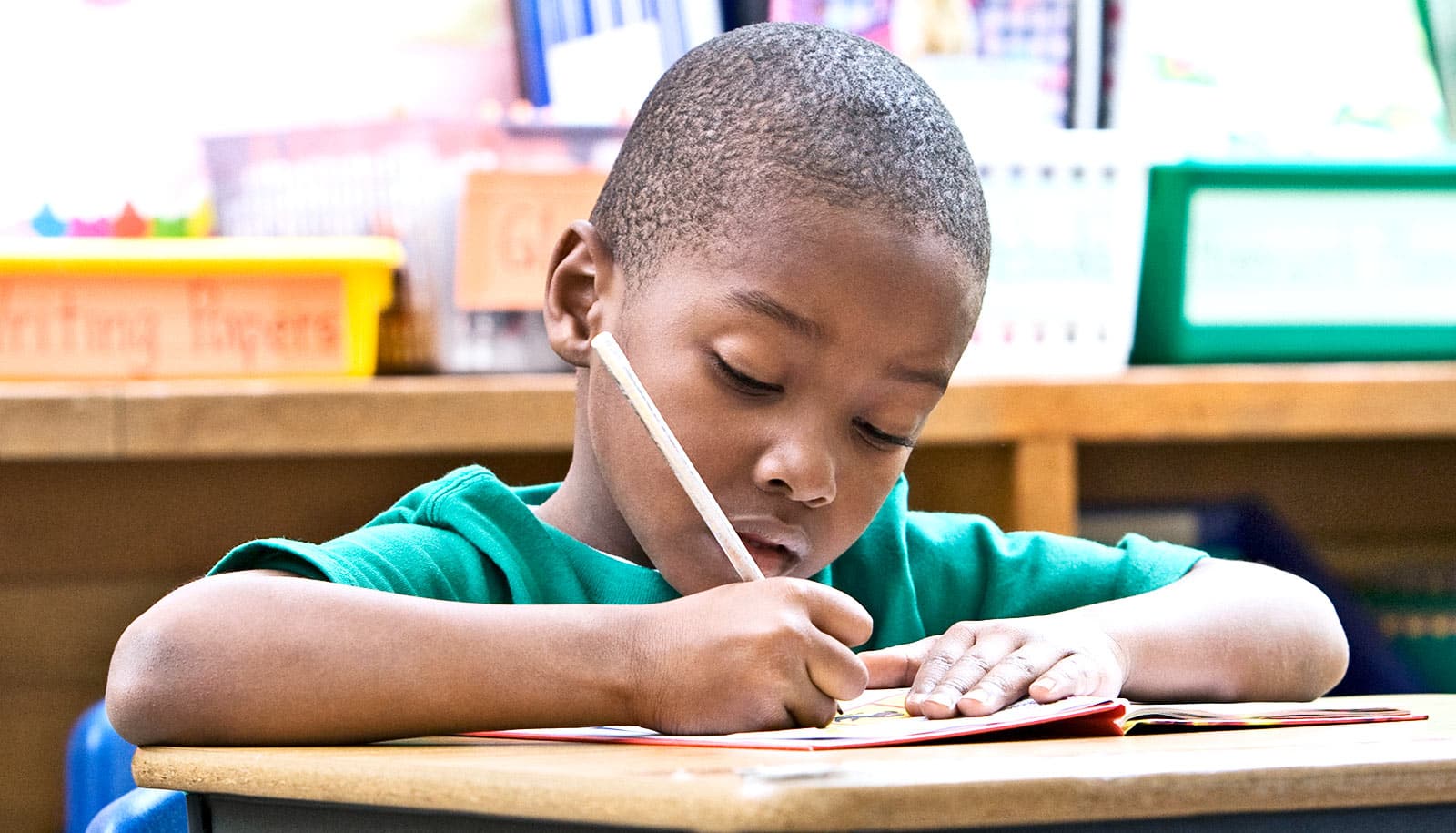If first graders Jamaal and Connor each verbally shared a story, would the teacher fairly assess the narratives? New research indicates no.
Unfortunately, evaluation of the story depends on the teacher’s race and quality of the child’s oral storytelling skills, according to the new study.
Researchers found Black and white teachers evaluated hypothetical Black and white children similarly when the kids told higher-quality stories, but differently when the stories were of lower quality.
This is striking because the stories told were the same, says Nicole Gardner-Neblett, assistant professor of psychology at the University of Michigan and the study’s lead author. The only difference was the name of the child. Researchers used stereotypical names: Aaliyah and Jamaal for Black children, and Katie and Connor for white children.
The study involved 292 teachers working with children from preschool through second grade. Through an online survey, participants read a vignette about a teacher who showed pictures of a boy, a frog and a dog, and asked the children to tell a story based on what they saw. Participants read two of the children’s oral stories.
One transcript featured a child telling a well-developed and coherent oral narrative (higher quality), and the other vignette was a transcript of a child telling a poorly developed and less coherent narrative (lower quality). Each transcript had either a Black or white child’s name.
Gardner-Neblett and colleagues hypothesized that white teachers would rate Black children’s oral narratives more unfavorably than white children’s stories for both the higher- and lower-quality stories due to a racial mismatch. They found, however, that when the story was higher quality, both Black and white teachers rated the same story told by Black and white children similarly.
Higher-quality stories may conform more closely to what teachers envision as a “good” story, thus any negative stereotypes about Black children’s language skills are not factored, the study suggests.
When the story’s quality is low, stereotypes about the linguistic inferiority of Black children—but not white kids—may form. Gardner-Neblett says this may lead white teachers to form negative evaluations of Black children’s stories, even when the story is the same. But when white teachers encounter white children with weak storytelling skills, they may be more likely to overlook the poor quality of children’s storytelling, she says.
The research also shows that when the teacher-child race matched, rating differences for higher- and lower-quality stories were smaller. Black teachers prioritize creativity in Black children’s stories; white teachers focus on language skills, particularly for Black children with lower-quality stories, the researchers find.
The bottom line, they say, is that when children tell weaker stories, white teachers evaluate Black children differently than white children even when they tell the exact same stories. Black children who display weaker storytelling skills might not get the same support from white teachers even when the narratives are the same as white children.
The study also highlights the importance of diversifying the teacher workforce, which is predominantly white. Black children may benefit by having more Black teachers in classrooms, Gardner-Neblett says.
More research is needed to understand the extent to which teachers’ judgments of children’s oral stories may differentially affect the learning opportunities of Black and white children in the classroom, she says.
“Storytelling is a complex language skill that studies have found predicts children’s later literacy development,” she says. “That makes it a potential avenue [that] teachers can use to support children in becoming better readers and writers.”
Coauthors are from the University of North Carolina and the University of Michigan. The findings appear in Early Childhood Research Quarterly.
Source: University of Michigan


